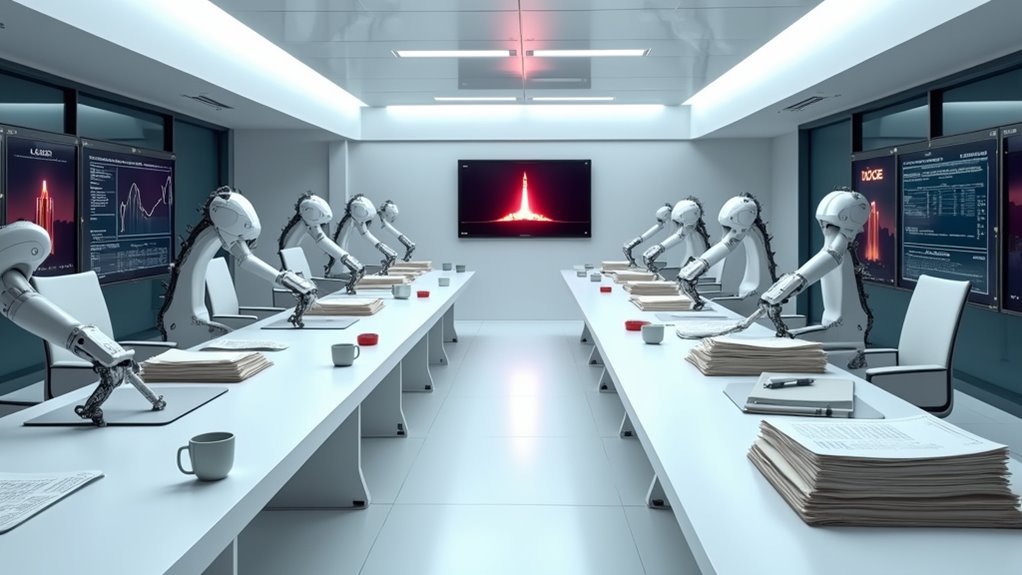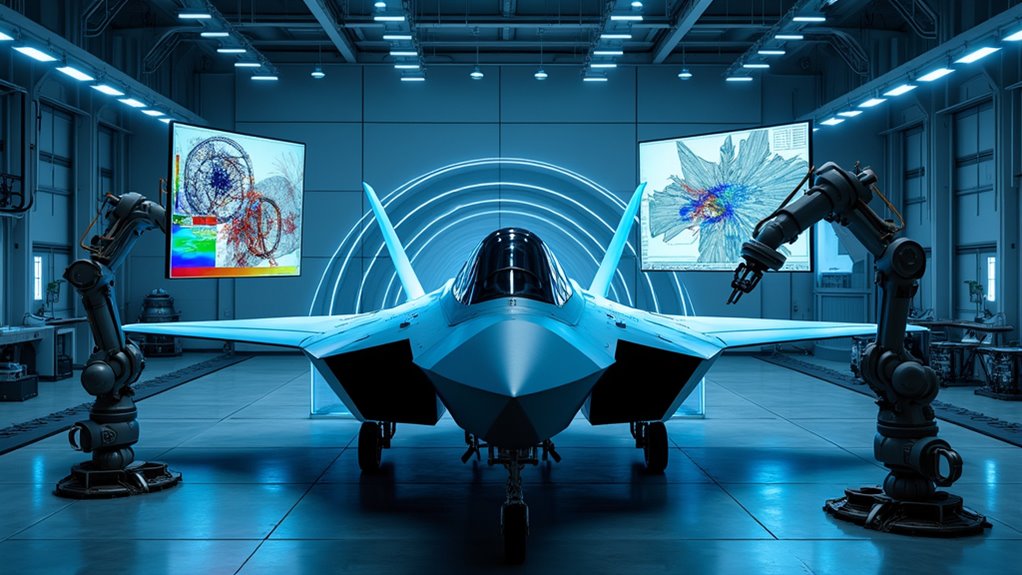Elon Musk is driving the federal government’s big AI reboot, aiming to replace endless bureaucratic paperwork with algorithms that—supposedly—never need coffee breaks. Critics aren’t exactly throwing him a ticker-tape parade: they worry about pink slips for humans, robo-calls at the IRS, and ethical headaches nobody asked for. Supporters, on the other hand, are dreaming of faster forms and government email inboxes that finally get sorted. Is this a government efficiency revolution or Silicon Valley cosplay? Stick around—plot twists ahead.
Even in a world where government paperwork breeds faster than rabbits, few expected the Department of Government Efficiency—yes, DOGE, no relation to the meme—would hand Elon Musk the keys to a federal AI overhaul. On January 20, 2025, DOGE launched its crusade to streamline government, cut red tape, and maybe, just maybe, make the DMV less soul-crushing. The goal? Slash federal spending and boost efficiency with a little help from artificial intelligence. Musk, ever the disruptor, pitched AI as the answer to waste, fraud, and the mountain of routine tasks clogging up the bureaucracy.
*Cue the popcorn*—because not everyone’s thrilled. Critics are quick to point out that government inefficiency isn’t just about slow computers. It’s also about the irreplaceable messiness of human decision-making, something AI—no matter how many neural nets it packs—hasn’t quite nailed. Replacing government workers with algorithms? Sure, that could mean faster service delivery, but it also risks turning the IRS helpline into a never-ending loop of “Press 1 to speak to another robot.” [The current administration is also weighing the ethical implications and privacy issues that come with the acceleration of AI deployment in government, highlighting the need for a careful approach to AI development and job displacement.]
Supporters say AI can:
- Automate routine drudgery (think: processing forms or reading endless emails),
- Free up humans for jobs that require, well, a pulse and some empathy,
- Help with code development and integrating clunky government systems.
But let’s not pretend this is all smooth sailing. Implementation headaches abound:
- AI can be biased or just plain *wrong*—not exactly comforting when you’re applying for Social Security.
- Oversight is non-negotiable, unless the goal is a “Terminator”-themed tax season.
- Some government employees and leaders are skeptical, because, shocker: people don’t love being replaced by code.
Debates rage on regulation and transparency, with public info on actual AI tech about as scarce as a straight answer from a politician.
And while Musk’s private sector bravado might dazzle in Silicon Valley, government jobs are a different beast. Human skills—like negotiation, compromise, and resisting the urge to scream at printers—aren’t so easily replaced. The AI revolution in government? Let’s just say, it’s complicated.









